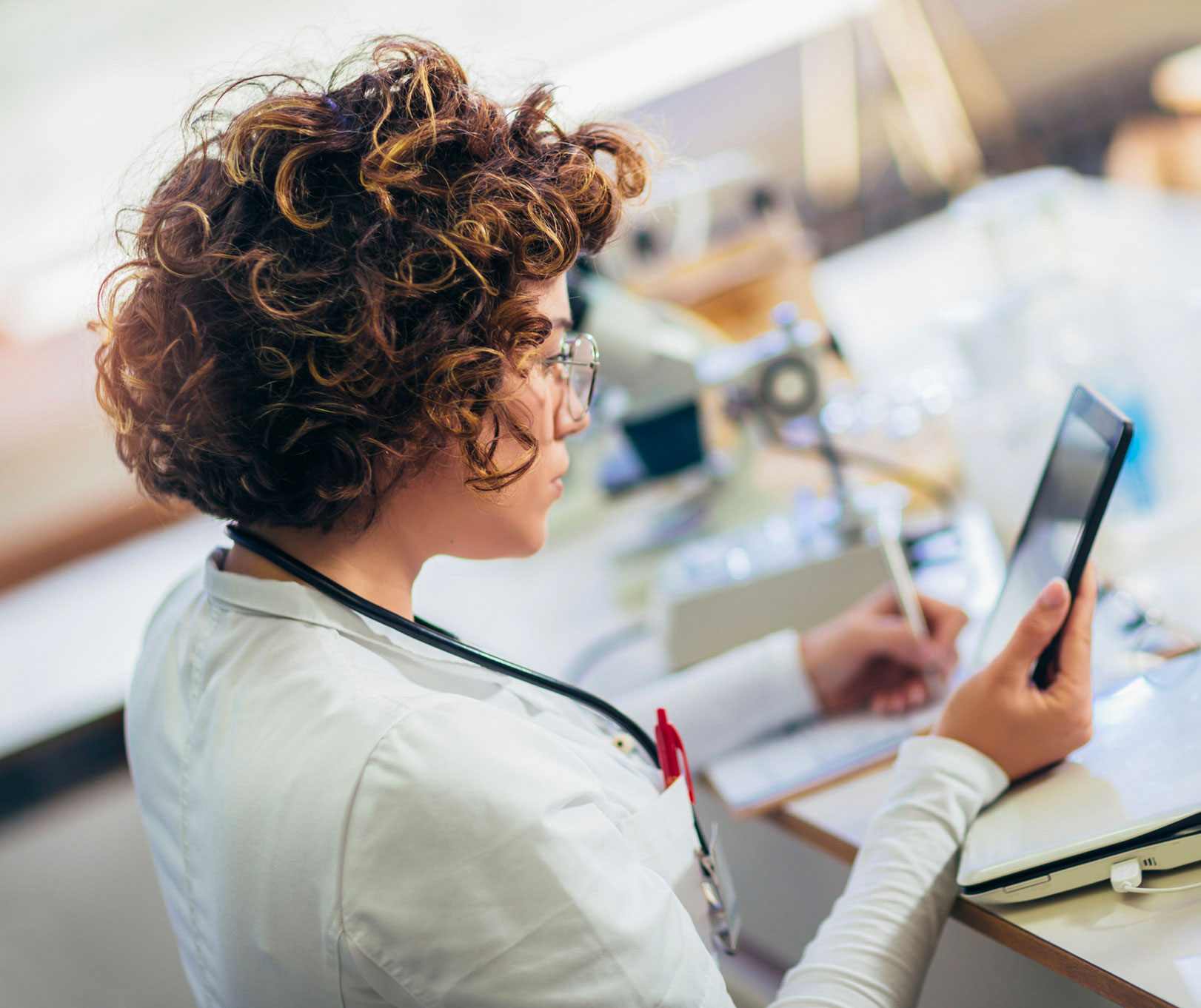
Exploring multiple bioprocess monitoring modalities for Large-scale 3D Bioprinted Tissue Cultivation
DESCRIPTION
In tissue engineering (TE) and regenerative medicine (RM), challenges persist in achieving optimal tissue maturation due to uncontrolled physicochemical environments and the necessity for a dynamic nutrient supply. Real-time monitoring tools are crucial to address these challenges effectively.
Our study evaluates nondestructive qualification tools for pre-implantation tissue assessment, aiming to enhance their quality assessment capabilities and broaden their biomedical applications.
These tools target internal tissue structure, nutritive medium flow paths, and tissue metabolic state. We extend the capabilities of tissue culture monitoring by integrating advanced bioprocess technologies like Raman spectroscopy or in-vivo imaging tools like magnetic resonance imaging (MRI).
Through comparative analysis with Computational Fluid Dynamics (CFD) simulations and MRI velocity mapping, we highlight the synergistic relationship between simulation-based and experimental approaches in optimising tissue feeding and oxygenation. MRI emerges as a precious tool for longitudinal tissue development monitoring, surpassing traditional destructive methods.
Our findings underscore the importance of dynamic regulation in tissue culture protocols, facilitated by continuous monitoring and adjustment of the physicochemical tissue environment. Based on evidence from industrial cell-culture processes, Raman spectroscopy emerges as a standard tool for monitoring metabolic tissue.
These advancements significantly propel RM and TE, paving the way for comprehensive studies and quantitative analyses essential for developing functional engineered tissues across diverse biomedical applications.